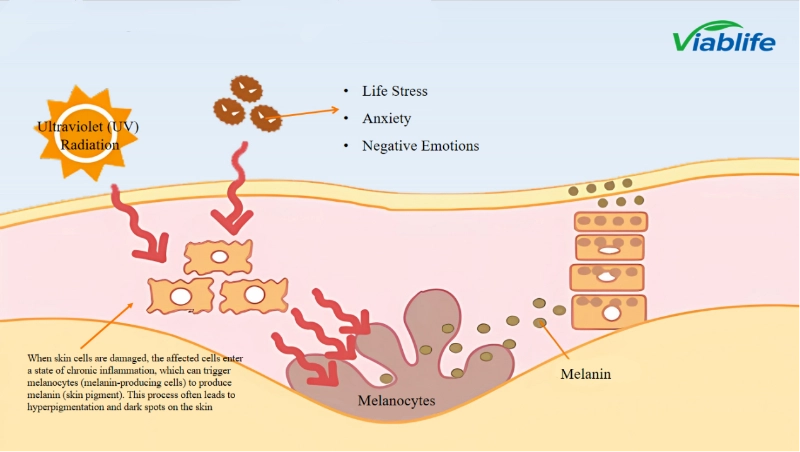Navigating the Pitfalls: What Can Go Wrong in a Care Home?
As the global population ages, the demand for care homes continues to rise. These facilities are designed to provide essential support and services to elderly individuals who may require assistance with daily living activities. However, despite their noble intentions, care homes can sometimes fall short of expectations. Understanding the potential pitfalls can help families make informed decisions and advocate for their loved ones. In this article, we will explore various issues that can arise in care homes, from inadequate staffing to regulatory compliance failures, and provide insights on how to mitigate these risks.
- Staffing Challenges
One of the most critical factors in the quality of care provided in a care home is staffing. Insufficient staffing levels can lead to a range of problems, including:
- Inadequate Supervision: With fewer staff members available, residents may not receive the attention they need, leading to neglect or accidents.
- Burnout and Turnover: High turnover rates can result in a lack of continuity in care, which is essential for building trust and understanding individual resident needs.
- Skill Gaps: Not all staff members may have the necessary training or experience to handle specific medical or emotional needs, which can compromise the quality of care.
- Quality of Care
The quality of care in a facility can vary significantly. Some common issues include:
- Neglect: Residents may experience neglect in terms of personal hygiene, nutrition, and medical care. This can lead to serious health complications, including infections and malnutrition.
- Medication Errors: Inadequate training or poor communication can result in medication errors, which can have severe consequences for residents' health.
- Lack of Individualized Care Plans: Each resident has unique needs, and a one-size-fits-all approach can lead to dissatisfaction and inadequate care.
- Safety Concerns
Safety is paramount in any care environment. However, care homes can present various safety risks:
- Inadequate Fall Prevention: Many elderly residents are at risk of falls, and care homes must implement effective fall prevention strategies. Failure to do so can lead to serious injuries.
- Infection Control: Poor hygiene practices can lead to outbreaks of infections, which can be particularly dangerous for vulnerable populations.
- Environmental Hazards: Unsafe living conditions, such as poor lighting, cluttered hallways, or lack of accessibility features, can increase the risk of accidents.
- Regulatory Compliance
Care homes are subject to various regulations and standards, which can vary by region. Non-compliance can lead to serious consequences:
- Licensing Issues: Facilities that fail to meet licensing requirements may face fines or closure, impacting the residents who depend on them.
- Inspections and Accountability: Regular inspections are essential for maintaining standards. However, if a facility is not held accountable for violations, residents may suffer the consequences.
- Transparency: Families should be aware of a care home’s inspection history and any complaints filed against it. Lack of transparency can hinder informed decision-making.
- Emotional and Social Well-being
The emotional and social aspects of care are often overlooked but are crucial for residents' overall well-being:
- Isolation: Many residents may feel isolated or lonely, especially if the facility does not promote social interaction or activities.
- Mental Health: Depression and anxiety are common among elderly individuals, and care homes must provide adequate mental health support.
- Family Involvement: A lack of communication between staff and families can lead to misunderstandings and dissatisfaction with care.
Conclusion: Advocating for Quality Care
While care homes can provide essential support for elderly individuals, it is vital to recognize the potential pitfalls that can arise. Families must be proactive in advocating for their loved ones by asking questions, visiting regularly, and staying informed about the facility's practices and policies. By understanding what can go wrong in a care home, families can better navigate the complexities of elder care and ensure that their loved ones receive the quality care they deserve.

